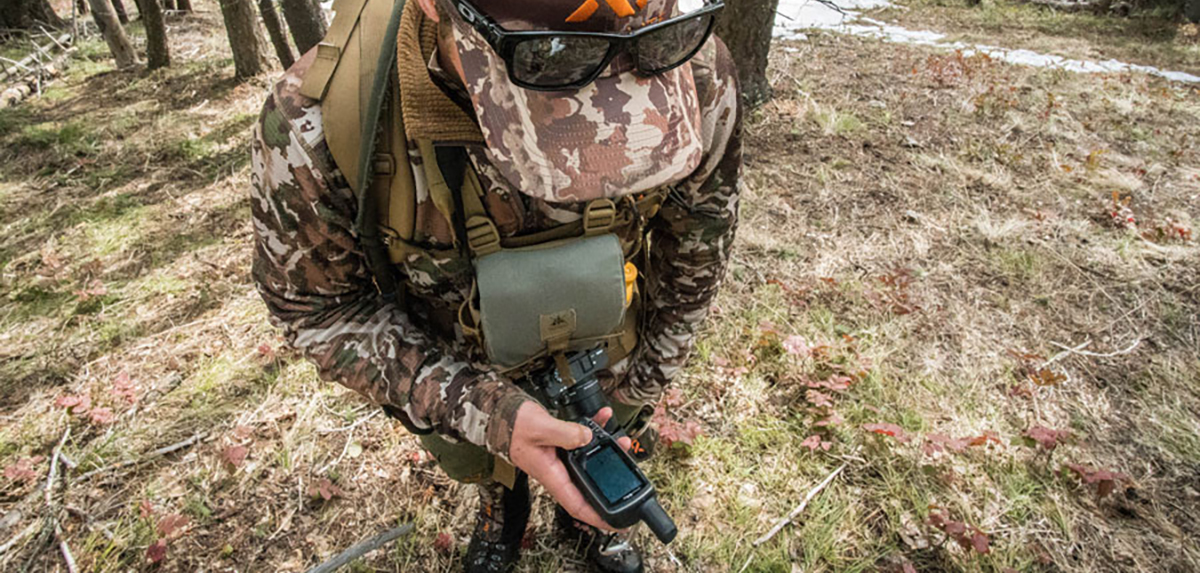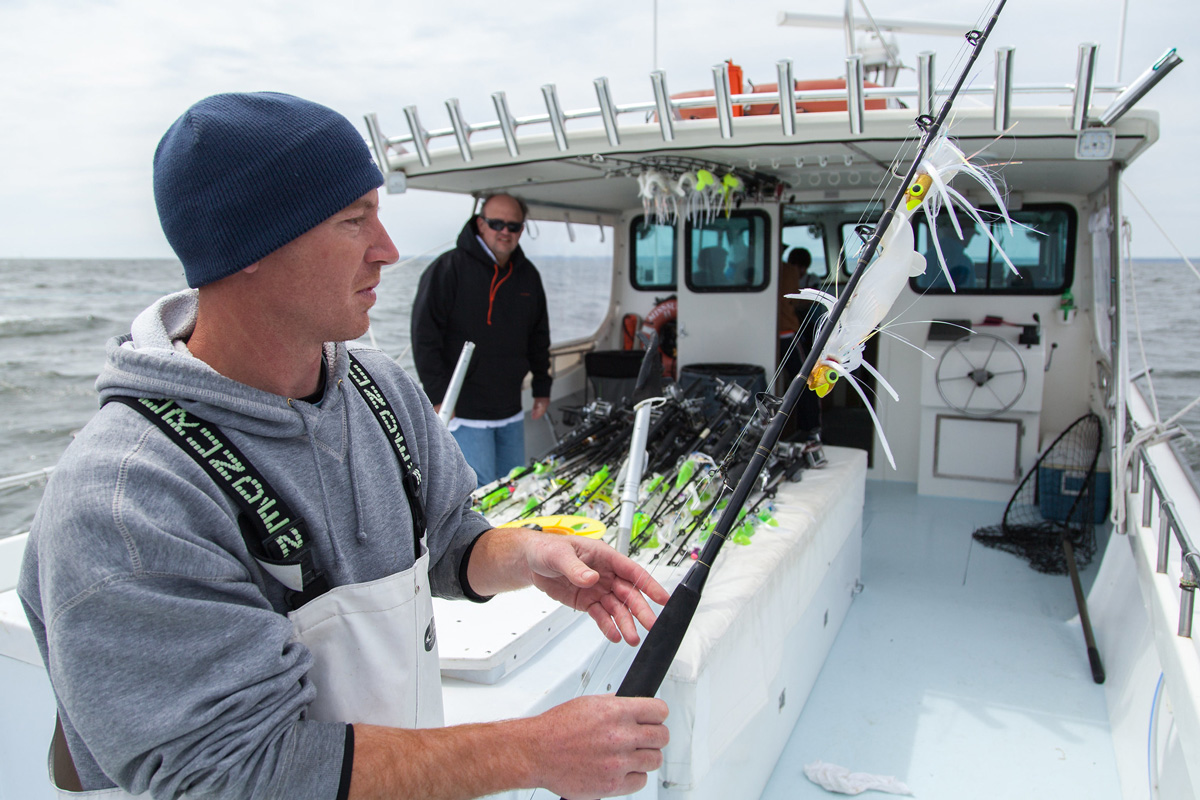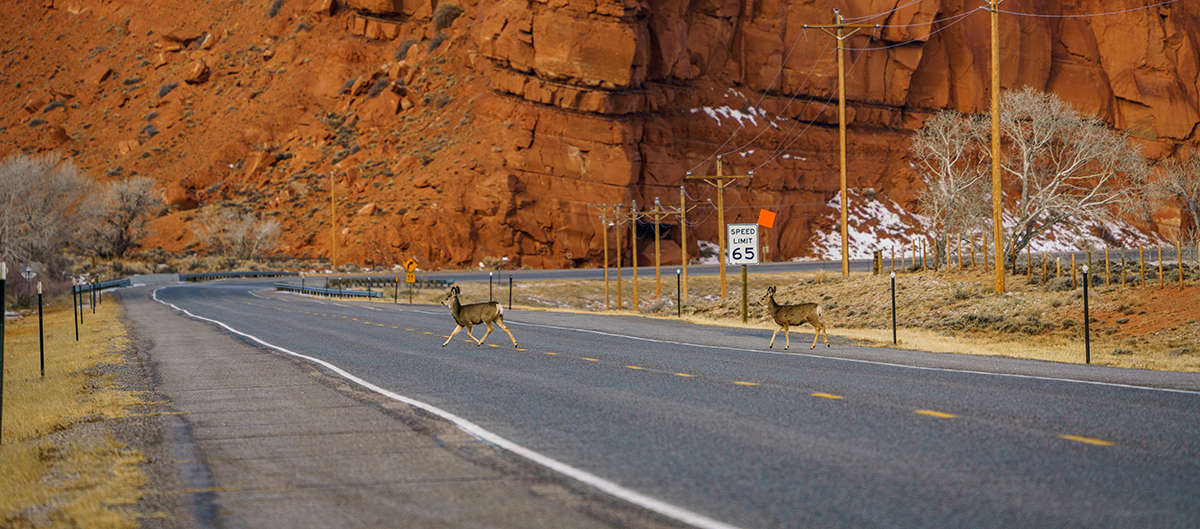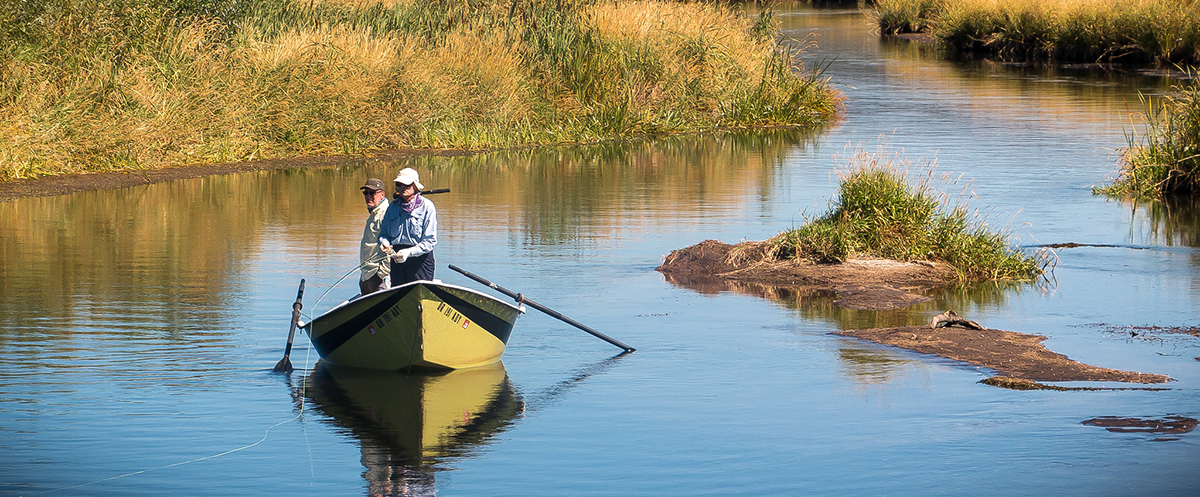Bipartisan support for the Chronic Wasting Disease Research and Management Act reflects the dire need to support state efforts to control the disease and ensure the health of wild deer herds with the best possible science
Today, the Chronic Wasting Disease Research and Management Act was approved by Congress, advancing much-needed solutions for curbing the spread of this 100-percent fatal wildlife disease. The legislation now awaits only the president’s signature, having been included in the Fiscal Year 2023 government funding deal. The bill was previously passed by the House late last year.
“As hunters, we celebrate this decisive action by our lawmakers to infuse state and Tribal agencies with the resources needed to control CWD, while investing in targeted research to create stronger disease solutions,” says Whit Fosburgh, president and CEO of the Theodore Roosevelt Conservation Partnership. “Both efforts are necessary to ensure the future of our wild deer herds, our continued hunting opportunities, and the strong impacts of hunter-driven conservation funding.”
A peer-reviewed report published this month found that wildlife agencies in 16 CWD-positive states spent an average of $773,000 on disease management in 2021. Currently, the federal government invests just $10 million per year in these efforts through cooperative agreements between state and Tribal agencies and the U.S. Department of Agriculture. In a 2022 poll, 88 percent of American voters said they support additional federal investment in CWD management at the state level.
“The National Deer Association has been working tirelessly to increase federal support for the research and management of CWD,” says Torin Miller, senior director of policy for the NDA. “We’re celebrating the passage of the CWD Research and Management Act, and we’re incredibly grateful to Representatives Kind and Thompson and Senators Hoeven and Heinrich for their dedication and leadership on this issue. We’re looking forward to efficient and effective implementation and finding additional ways to increase federal engagement and support to combat this devastating disease.”
The CWD Research and Management Act would split $70 million annually through fiscal year 2028 on management and research priorities. This includes $35 million per year for research that would focus on:
- Methods to effectively detect CWD in live and harvested deer and the surrounding environment
- Best practices for reducing CWD occurrence through sustainable harvest of deer and other cervids
- Factors contributing to spread of the disease locally, such as animal movement and scavenging
Another $35 million per year for management, including surveillance and testing, would prioritize:
- Areas with the highest incidence of CWD
- Areas responding to new outbreaks of CWD
- Areas without CWD that show the greatest risk of CWD emerging
- Jurisdictions demonstrating the greatest financial commitment to managing, monitoring, surveying, and researching CWD
- Efforts to develop comprehensive policies and programs focused on CWD management
The bill also includes authorization for federal, state, and Tribal agencies to develop educational materials to inform the public on CWD and directs the U.S. Department of Agriculture to review its Herd Certification Program, which accredits captive deer operations as “low-risk” for CWD contamination but has proven inadequate to stem the spread of the disease.
“The captive Herd Certification Program represents an area where we still have much work to do,” says Andrew Earl, TRCP’s director of government relations. “By passing this legislation today, Congress has set us up for the next phase, in which the USDA must hold the captive deer industry accountable for its role in the rampant spread of CWD. Hunters will be pushing for the department to take a hard look at the persistent failures of the Herd Certification Program and identify specific ways to strengthen it.”
Click here for four ways Congress and the USDA can prevent captive deer from spreading CWD.
Click here for what TRCP is doing to help educate hunters and lawmakers about the threat.









I have no comment, just a question. Can you please share with me your basis for the statement, “…persistent failure of the HCP and identify specific ways to strengthen it.” As the Deer Program Administrator here in Ohio, it is important that I understand all of the issues surrounding the management of CWD. It would be helpful to know what these “persistent failures” are that you reference. Thank you in advance for your time.
Good question. Here’s a reply from Andrew Earl, our director of government relations and lead on our CWD work: “I’d point to rapidly declining enrollment in the Herd Certification Program and an increasing frequency of CWD detections in herds that are HCP Certified. There are also repeated instances of CWD-infected deer being moved between HCP-approved facilities under the pretense that they are CWD-free.”
Finally glad to hear deer farmers accountable.